30 F. high temperature in the Twin Cities Friday.
25 F. average high on December 25.
35 F. high on December 25, 2014. There was no snow reported on the ground at KMSP last Christmas.
December 26, 1990:
Much of central Minnesota sets record low temperatures near 30 degrees
below zero, while others had lows in the teens below zero. Cambridge had
the coldest temperature with 31 below. Mora was close behind, with a
low of 30 below. Other notably cold lows were at St. Cloud, with 29
below, and Melrose and Menomonie, WI with 27 below.
After-Christmas Miracle: A Plowable Snowfall! (?)So
close. The Twin Cities missed a white Christmas by 1 day. I'll kick the
Doppler and work on my timing for 2016. All those disappointed (or
disappointing?) relatives who showed up at your door expecting snow for
the holidays may finally get their wish.
The lowest mile of the
atmosphere should be cold enough for all-snow: a few inches will
accumulate before tapering to flurries after lunch. Travel this morning
will be slick, 2-4 inches falls before temperatures approach 32F this
afternoon, leaving most roads wet and slushy.
Getting home
tomorrow
by car or plane should be easier; cool with faint glimmers of sunshine.
A few more inches of colder, fluffier snow may pile up by
Wednesday
(the next storm about 5F colder than today's event). By New Year's Eve
daytime highs will be stuck in the teens. The New Year kicks off with a
whiff of wind chill.
The first December tornado in Michigan; a 130
mile-long tornado track in Mississippi; 70s and 80s out east; the
warmest Christmas Eve on record? It was a jaw-dropping finale to the
planet's warmest year on record.
Never a dull moment.
Potentially Plowable.
Stating the obvious: we are due for some accumulating snow; we're
running a 13-14" snowfall deficit for the winter, to date, in the Twin
Cities. NOAA's high-resolution 4 KM WRF model prints out some 2-4"
amounts by afternoon, considerably less south and east of Northfield and
Hastings. Map: WeatherBell.
Extra Colors.
The 3 KM HopWRF model is considerably more aggressive with amounts;
some 5-10" amounts for far southwestern Minnesota, near the Buffalo
Ridge. I have my doubts, but I still believe travel conditions will
worsen the farther west you drive away from the metro, especially this
morning. Travel conditions improve this afternoon and evening as snow
tapers to flurries.
Warnings and Advisories.
The worst weather this morning will come over southwestern Minnesota,
where near white-out conditions are possible as winds gust over 25 mph.
Unlike recent slop-storms temperatures will be cold enough for a drier,
fluffier snow capable of blowing and drifting, especially west of the
metro. Details from the Twin Cities National Weather Service:
A WINTER STORM WARNING HAS BEEN ISSUED FOR WEST CENTRAL MINNESOTA
FOR LATE TONIGHT AND SATURDAY...GENERALLY WEST OF A LINE FROM ST.
PETER TO WILLMAR. A WINTER WEATHER ADVISORY HAS BEEN ISSUED FOR
THE REMAINDER OF CENTRAL AND SOUTHERN MINNESOTA AND WEST CENTRAL
WISCONSIN...ALSO FOR LATE TONIGHT AND SATURDAY.
ACCUMULATING SNOW WILL SPREAD INTO WEST CENTRAL MINNESOTA LATE
THIS EVENING AND PERSIST INTO SATURDAY AFTERNOON. SNOW
ACCUMULATIONS OF 6 TO 8 INCHES ARE POSSIBLE IN THE WARNING AREA.
FOR THE REMAINDER OF CENTRAL AND EASTERN MINNESOTA...INCLUDING ST.
CLOUD AND THE TWIN CITIES...3 TO 5 INCHES OF SNOW ARE POSSIBLE.
IN SOUTH CENTRAL MINNESOTA AND WEST CENTRAL WISCONSIN NEAR EAU
CLAIRE...A MIX OF SNOW AND FREEZING RAIN IS POSSIBLE...WITH
SNOWFALL TOTALS OF 1 TO 3 INCHES AND MINOR ICE ACCUMULATION.
IN ADDITION...NORTHERLY WINDS OF 15 TO 25 MPH SATURDAY AFTERNOON
MAY LEAD TO CONSIDERABLE BLOWING AND DRIFTING SNOW ACROSS WEST
CENTRAL MINNESOTA...MAKING FOR DIFFICULT DRIVING CONDITIONS.

Looks Like Winter.
Snow tapers today, at least a couple inches for most neighborhoods,
with an outside shot at 3-4" in a few spots. Sunday looks dry but the
next southern storm arrives with what may be a burst of plowable snow
Monday night into early Tuesday. New Year's Eve and New Year's Day look
like the coldest days next week with highs in the teens before a slight
rebound next weekend.
Numbing New Year's Celebrations?
Models show wind chills ranging from +1F to -9F at midnight next
Thursday as the clock counts down to the new year. You may want to party
indoors. Source: Aeris Enterprise.
These Wild United States.
From Flood Warnings across Mississippi, Alabama and Tennessee (some of
the same counties hit by killer tornadoes Wednesday) to Blizzard
Warnings for eastern New Mexico and the Oklahoma and Texas panhandles to
Winter Storm Warnings for southwestern Minnesota and Winter Weather
Advisories for the Twin Cities metro, there's seemingly something for
everyone on the weather map. Source: Aeris Enterprise.
Survivors "Glad to Be Alive" After Deadly Storms Ravage the South.
USA TODAY takes a look at the unusual mega-outbreak of tornadoes in late December; here's a clip: "...
In
addition to the six deaths in Tennessee, authorities confirmed deaths
in Mississippi and one in Arkansas. After a string of tornadoes struck
Mississippi on Wednesday, killing seven and injuring more than 40 people, Gov. Phil Bryant issued a state of emergency Thursday.
Several people remain missing and search-and-rescue efforts are
ongoing, according to local officials. An EF-3 tornado with winds of up
to 157 mph leveled homes and several nearby buildings in downtown Lutts,
according to the National Weather Service..."
Photo credit above: "
Trista
Boga, center, helps salvage what she can from a friend's home along
Highway 178 in Holly Springs, Miss., on Thursday, Dec. 24, 2015. At
least 10 people were killed in Mississippi, Tennessee and Arkansas as
spring-like storms mixed with unseasonably warm weather and spawned rare
Christmastime tornadoes in the South." (Thomas Wells/The Northeast Mississippi Daily Journal via AP)
The Planet Keeps Breaking Heat Records.
November continues a trend, and it's not entirely the symptoms of a
powerful El Nino. Most scientists believe that El Nino is
turbocharging/spiking the warming trend now already well underway.
Here's an excerpt from
Climate Central: "...
November
was 1.75°F above the 20th century average, making it the hottest
November by a long shot and the second most-anomalously warm month
recorded in the 135 years of measurements. It marks the seventh month in
a row with record setting warmth and has locked in record heat for the
year. “December 2015 would have to be 0.43°F colder than the coldest
December on record to not break the record,” Jake Crouch, a climate
scientist at NOAA, said. “That’s not going to happen in December 2015.”
This year will bump 2014 off the top of the charts as the hottest year
on record. It’ll be the first time there have been back-to-back hottest
years since 1997 and 1998..."
Map credit above: "Global temperature records for the year-to-date." Credit: NOAA National Centers for Environment Information
Tornadoes Rake Mississippi Delta - Twisters As Far North as Michigan - in Late December. Here's an excerpt of a very good recap of Wednesday's killer outbreak of tornadoes from Bob Henson at Weather Underground: "One
of the longest-tracked tornadoes ever observed in December carved its
way from northwest Mississippi into southwest Tennessee on Wednesday.
The twister, likely to be rated at least an EF3 after damage surveys on
Thursday, was part of an unusually far-flung year-end outbreak of severe
storms that extended from the Gulf Coast to the Great Lakes. Although
several tornadoes were reported as far afield western Illinois and
central Indiana--and even Michigan experienced its first December tornado on record--the bulk of the 29 preliminary tornado reports received by NOAA’s Storm Prediction Center (SPC) came from northern Mississippi and adjacent areas. At least 10 deaths were reported by midday Friday, most of them tornado-related..."
Map credit above: "
Preliminary
damage track of the violent tornado that cut a long swath across
northwest Mississippi into southwest Tennessee on Wednesday, Dec. 23,
2015. An updated track will be produced after storm surveyors assess the
damage." Image credit:
NWS/Memphis. Weather Underground.
Tornado Leaves Long Path of Destruction in the South.
70s and 80s on the east coast, killer tornadoes in from Mississippi to
Michigan - the maps looked more like late April than late December
yesterday. Here's a clip from The New York Times: "...The
breadth of the damage in Holly Springs and elsewhere became clear only
at sunrise, after a day of storms that killed at least 10 and ravaged
the rural South. In Mississippi, where homes and businesses were
devastated and rescuers were searching for survivors, Gov. Phil Bryant
declared an emergency and federal officials sought to determine whether a
single tornado had remained on the ground for more than 130 miles..."
Photo credit above: "
Vehicles
and debris are scattered in an area near Linden, Tenn., Thursday, Dec.
24, 2015. Several people were killed in Mississippi, Tennessee and
Arkansas as spring-like storms mixed with unseasonably warm weather
spawned rare Christmastime tornadoes in the South." (AP Photo/Mark Humphrey).
"Hurricane Hunters" Bundle Up for Winter Storm Missions. The men and women who fly into hurricanes don't take time off in the winter, according to an article at
Federal News Radio; here's an excerpt: "...
But
now that hurricane season is over the squadron is gearing up for its
winter mission — storm hunting. During the winter months the squadron
provides data to the National Weather Service for “societal impact”
storms along the East Coast, the Gulf of Mexico and occasionally in the
Pacific Ocean. “Strong winter storms kill more people than hurricanes
do,” Talbot said. “We fly these tracks out in the ocean and we drop
instruments out over the areas where these storms are forming and the
idea is to provide this data to the computer forecast models that the
National Weather Service uses to forecast the intensity of these storms,
how much snow is going to fall, how much impact there is going to be...”
File Photo credit above: "
The
pilot's view of sunset as seen through the Heads-up Display after fling
into Hurricane Ike. The Air Force Reserve Hurricane Hunters fly
nonstop, 24 hours a day collecting data in the storm that threatened the
coastline of Texas in 2008." Source: U.S. Air Force photo by Major Chad E. Gibson).
Polluted Waters Give Rise to Environmental Pulpit. The health of the world's oceans is under threat, as described in a
New York Times article; here's an except: "...
A study published in February in the journal Science
based on research by the University of California Santa Barbara’s
National Center for Ecological Analysis and Synthesis estimated that
between 4.8 million and 12.7 million metric tons of plastic waste enter
the oceans annually from land: with the midpoint of that range enough to
cover an area 34 times the size of Manhattan with ankle-deep waste.
Experts estimate 80 percent of the plastic in the ocean enters from land
and the other 20 percent from the sea through sources like direct
dumping from boats, container spills and fishing gear..."
Photo credit above: "Waste floating in February in Guanabara Bay off Rio de Janeiro, the site of the 2016 Olympics." Credit Leo Correa/Associated Press.
 How The World Looked When Jesus Was Born, According to Roman Geographers
How The World Looked When Jesus Was Born, According to Roman Geographers. Here's an excerpt of an interesting and timely article at
Atlas Obscura: "
Two
thousand years ago, around the time that Jesus of Nazareth was born,
the second Holy Temple was still standing in Jerusalem. The Great
Pyramid at Giza was already 2,500 years old, but the Library of
Alexandria was still around. In Rome, the Colosseum hadn’t been built
yet. It’s a bit uncanny to think about the political geography of a time
and place that’s also the setting for a timeless story–the birth of
Jesus Christ. Because that story is so often told, its context feels
familiar. And, in the part of the world that Jesus lived in, the best
knowledge about the rest of the world was, in some ways, thorough and
accurate..."
Map credit: "
The world according to Strabo." (Image: Paolo Porsia/flickr).
50 Universal Truths That Will Make You More Successful. Business Insider has an article with a few good nuggets; here's an excerpt: "...All
of that has led me to conclude that there are certain universal
"business truths" — tips and tricks that work for nearly everyone in
every business. They are:
- You
don't have to turn your favorite hobby or past time into your full-time
living, but you do need to have a passion for your work. If your work
is meaningful to you, your work life will be a joy.
- If you can't be passionate about the work itself, be passionate about the reason you do it..."
The Great Republican Revolt.
Donald Trump may be a polarizing figure, but he represents a deep
undercurrent of dissatisfaction, anger and pessimism about the direction
America is moving. Here's an excerpt of an eye-opening analysis at The Atlantic: "The angriest and most
pessimistic people in America aren’t the hipster protesters who flitted
in and out of Occupy Wall Street. They aren’t the hashtavists of
#BlackLivesMatter. They aren’t the remnants of the American labor
movement or the savvy young dreamers who
confront politicians with their American accents and un-American legal
status. The angriest and most pessimistic people in America are the
people we used to call Middle Americans. Middle-class and middle-aged;
not rich and not poor; people who are irked when asked to press 1 for
English, and who wonder how white male became an accusation rather than a
description..."
Photo credit above:
Mark Ostow / New Hampshire Magazine / The Atlantic.
Santa Needs To Bring Us Some Sanity Before Rage Consumes our Christmas Spirit. Here's an excerpt of an Op-Ed at
The Washington Post that hit home: "
Santa,
baby, just slip a little something useful under America’s Christmas
tree. We don’t need hoverboards, Apple Watches, drones or the Pie Face
game. Our country needs courage. Reason. Sanity. But we’d settle for
sedation. Maybe a Valium in every stocking? Probably not. And if Santa
did bring us some meds to soothe our collective rage, pharma bro Martin
Shkreli would find a way to price-gouge it. There is too little
Christmas spirit and too much fear and outright hatred..."
Moments of Grace in a Grim Year. Here's an excerpt of a timely Op-Ed at
The New York Times: "...
Humanity
being what it is, the world remains a place of suffering and calamity.
In 2015, catastrophes in the Middle East spread misery and terror the
world over. The United States was brutalized, as ever, by the tyranny of
gunfire. Our coarsened politics, so expert at keeping the populace
fearful and distraught, got ever louder and cruder in the heat of a
presidential race. The strutting and fretting promise only to get worse
in 2016. There is ample reason to feel weary and ill at ease. Today,
though, it might help to look skyward, upon the Christmas full moon
and, through an act of willful optimism, to swivel the mind away from
the worst of this fading year. To tune out the rancor and find reasons
to believe in the persistence of better values: humility, conciliation,
kindness, dignity and reason..." (File image: NASA).
What Makes Dogs Tilt Their Heads?
They're just trying to humor us. My theory: they're all little hairy
space aliens waiting for just the right time to take us all up to the
Mother Ship. Wait for it. Here's an alternative explanation from
Mental Floss: "...
Experts say the real answer has more to do with your dog’s ability to empathize. Dogs are impressively good
at reading and responding to our body language and vocal cues. When
you’re lecturing your pooch for taking food off the counter, they’re
taking it all in even if the literal message gets lost in translation.
Same goes for when you’re giving your pup praise. Dogs are capable of
recognizing certain parts of human language, so when they cock their
heads as you speak to them it’s possible they're listening for specific words and inflections they associate with fun activities like meals and playtime..."
Image credit: Giphy.
Beijing Restaurant Tries to Charge Customers for Clean Air. Well, why not try to make a buck off the foul air hanging over much of China? Here's an excerpt from
The Independent: "
The
pollution in China is so bad, a restaurant started putting a surcharge
on top of customers’ food bills as an “air cleaning fee”. A restaurant
in Zhangjiagang city, in the Jiangsu Province , recently purchased “air
filtration machines” following reports of dangerously high pollution
levels in the country. Patrons who dined in the restaurant were
unknowingly about to pay for the operational costs, and only found out
when they were handed the bill at the end of their meals, according to the South China Morning Post..."
Photo credit above: "
A
policeman talks to the driver of a motor-tricycle on a road amid heavy
haze in Handan city in northern China's Hebei province Thursday, Dec.
24, 2015. Meteorological authorities in Hebei, a province which
neighbors Beijing and is regarded as China's most polluted, issued its
first red alert for smog on Tuesday as more Chinese cities are issuing
their first red alerts for pollution in response to forecasts of heavy
smog." (Chinatopix via AP).
TODAY: Snow tapers. 2-4" possible. Winds: NE 10-20. High: 32
SATURDAY NIGHT: A few flurries - many roads still slick. Low: 18
SUNDAY: Partly sunny and colder, better travel conditions. Winds: NW 10-15. High: 20
MONDAY: Clouds increase, snow moves in at night. Wake-up: 9. High: 22
TUESDAY: Snow tapers, couple inches early. Wake-up: 22. High: 27
WEDNESDAY: Light snow and flurries, icy roads. Wake-up: 23. High: 26
NEW YEAR'S EVE: Chilly breeze. Feels like 0-5F. Winds: W 10-15. Wake-up: 16. High: 19
NEW YEAR'S DAY: A numbing New Year! Hello 2016. Winds: NW 10-15. Wake-up: 9. High: 17
Climate Stories...
Surface Melting Affected More Than Half of Greenland's Ice Sheet in 2015. NOAA's
climate.gov has an update; here's an excerpt: "...
Adapted
from the Arctic Report Card: Update for 2015, this map shows the number
of melt days in June, July, and August 2015 compared to the 1981–2010
average. Areas that experienced a greater-than-normal number of melt
days appear in shades red. Areas that experienced a lower-than-normal
number of melt days appear in shades of blue. The melt season was up to
30 to 40 days longer than average in western, northwestern, and
northeastern Greenland, but was close to or below average elsewhere on
the ice sheet. On July 4, 2015, melt area extended over more than half
of the Greenland Ice Sheet for the first time since July 2012. For 52
days of the 90-day melt season, melt area exceeded the 1981–2010 average.."

Russia Warming "2.5 Times Quicker" Than Global Average: Ministry.
Odd that even the oil-rich Russians aren't denying climate change
anymore, while many in the U.S. Congress sit on their hands and swap
conspiracy theories. Here's an excerpt from AFP and
Yahoo News: "
Russia
is warming more than twice as fast as the average for the rest of the
world, the environment ministry said Friday, sounding an alarm on the
rise in floods and wildfires nationwide. A government report on
environmental protection said temperatures in Russia had warmed by 0.42
degrees Celsius per decade since 1976, or 2.5 times quicker than the
global warming trend of 0.17 degrees. "Climate change leads to growth of
dangerous meteorological phenomena," the ministry said in a comment to
the report published Friday..."
Photo credit above: "
Out-of-control
fires and deadly floods have hit Russia nearly every year this decade,
and the emergency situations ministry in October conceded it has to come
up with a new strategy." (AFP Photo/Natalia Kolesnikova)
Huge Gas Lead Undermines California's Climate Change Plans. CSMonitor.com describes the methane leak that is leading to evacuations and health concerns in southern California; here's an excerpt: "
A
two-month-long natural gas leak that has caused local evacuations and
Federal Aviation Administration flight restrictions in southern
California is highlighting the need to better control methane emissions
from United States oil and gas production and storage. On Oct. 23,
Southern California Gas Company discovered the leak from a storage well
at the utility's Aliso Canyon facility in the Santa Susana Mountains at
the northwestern end of the San Fernando Valley. At its peak in late
November, the leak from the fifth-largest underground gas storage
facility in the US was releasing 58 metric tons of methane an hour,
according to preliminary estimates from the California Air Resources
Board. By mid-December, the release had eased to 36 metric tons an hour..."
Photo credit above: "
Southern
California Gas Co. technical experts try to stop the flow of natural
gas leaking from a storage well at the utility's Aliso Canyon facility
near the Northridge section of Los Angeles.
" Javier Mendoza/SoCalGas/AP.
U.S. Bread Basket Shifts Thanks to Climate Change. More
volatility in the system, more "whiplash" between drought and flood,
more midsummer heat and higher dew points will stress current systems
and best practices. There will be a new to bake resiliency and better
water management systems into ag to maintain the kinds of yields farmers
(and consumers) are accustomed to. Here's an excerpt from
Scientific American: "...
Farmers
are already responding to more variable weather by installing drainage
systems to keep their fields from becoming waterlogged during heavy
rains and expanding irrigation to ward off the effects of drought. Some
farmers are reducing tillage to increase soil carbon content and reduce
erosion. Others are buying larger equipment so they can complete
planting faster when the conditions are favorable. But all these
measures may not be enough to prepare Midwestern farmers for the
dramatic environmental changes ahead. By between 2035 to 2065,
temperatures in Illinois will be more like those in the mid-South, with
rainfall patterns ranging between today's East Texas and the Carolinas.
While higher temperatures may make certain regions more hospitable for
growing, other problems like low soil quality or not enough rainfall
could make shifting production there more unlikely..."
As Climate Change Imperils Winter, The Ski Industry Frets. Here's an excerpt of an article at
InsideClimate News: "...
The snowsports industry—which supports hundreds of thousands of jobs and contributes $12.2 billion to the U.S. economy every year—is already hurting.
"This is an industry that is literally seeing climate change first
hand," said Chris Steinkamp, the executive director of the environmental
advocacy group Protect Our Winters. "People are realizing this is
something that needs to be addressed, that climate change is not this
theory anymore."
The number of ski areas in the U.S. has dropped almost 20 percent in
the last two decades, from 546 in 1992 to 470 today, according to the
National Ski Areas Association..."
Unusual Weather Has Millenials Concerned About Climate Change.
Weather has always been variable, unpredictable, often extreme. But are
the extremes becoming more extreme over time? Here's an excerpt from
Yahoo News: "
Unusual
weather is dominating the conversation on social media for the
holidays, especially among millennials, who are increasingly concerned
about climate change. Yik Yak, a location-based mobile app popular with
millennials, surveyed its audience and found nearly 70 percent are
worried about climate change. More than a quarter of them say their
concern has grown due to the unusual winter weather this year..."

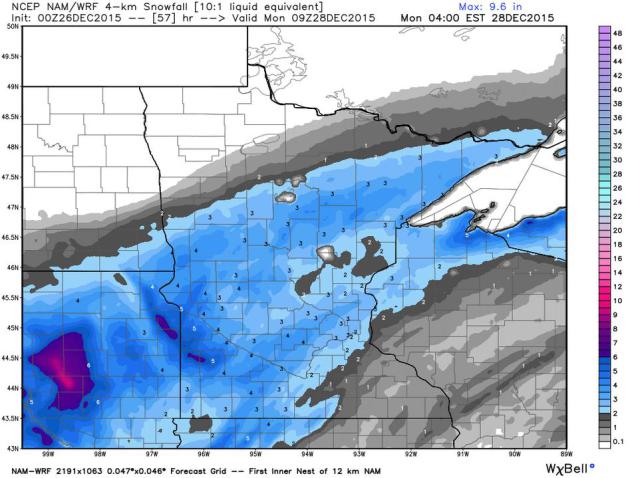
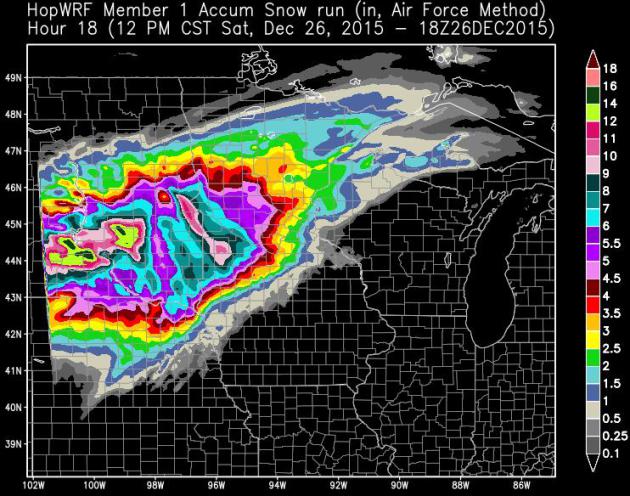

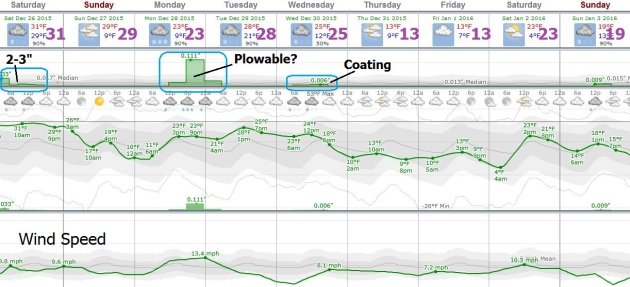

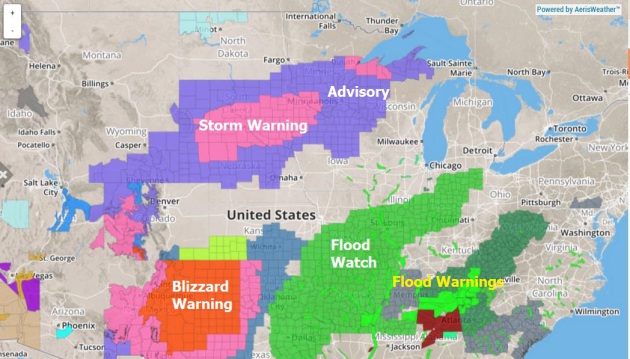

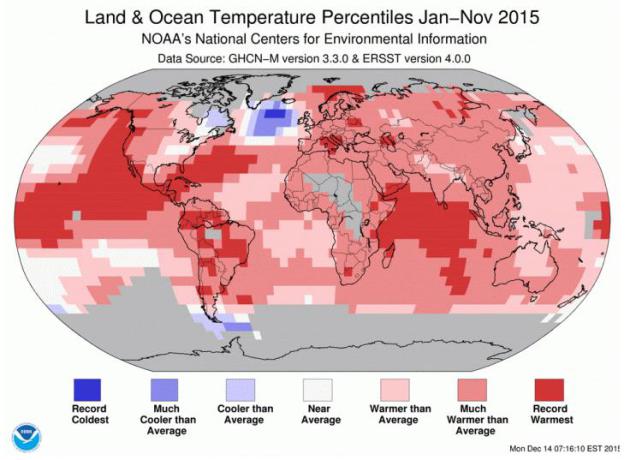
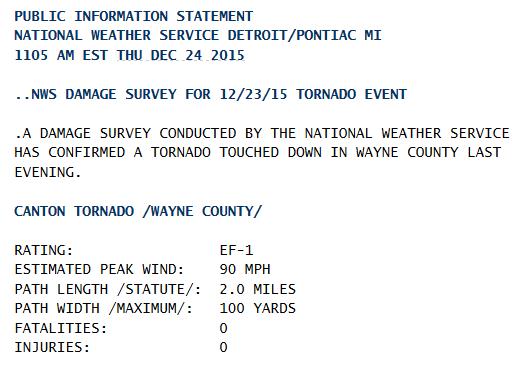
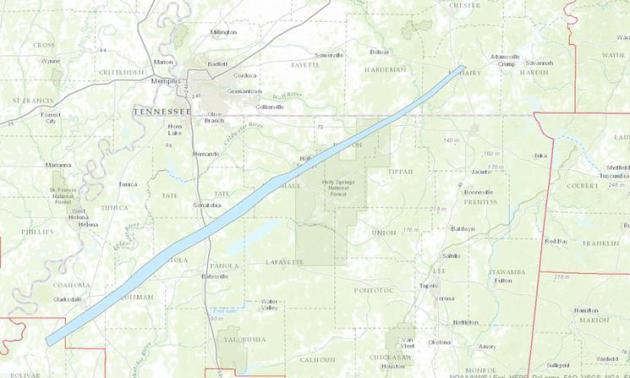
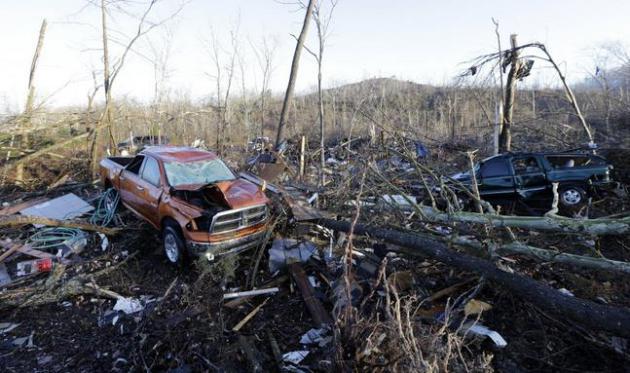

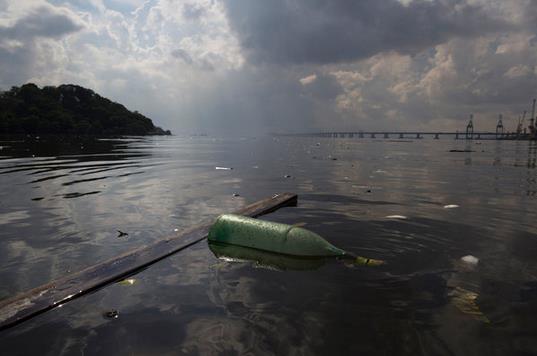




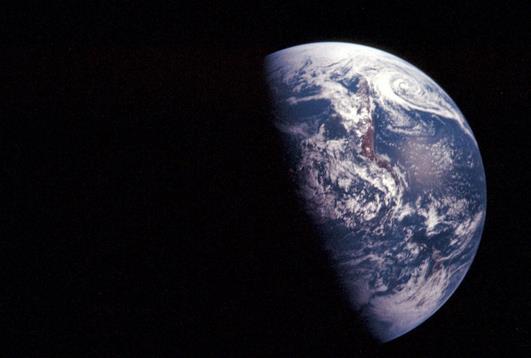





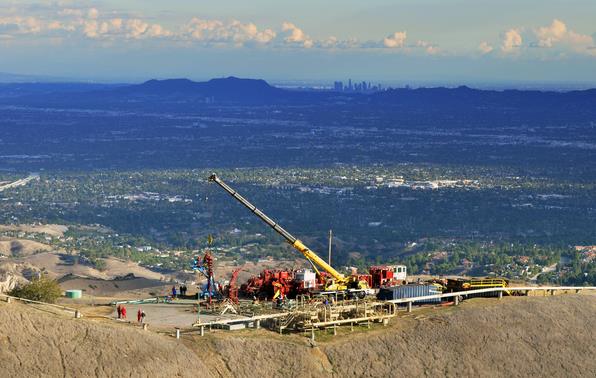
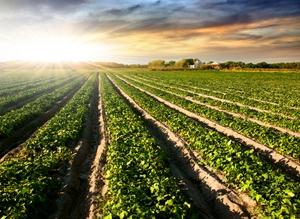
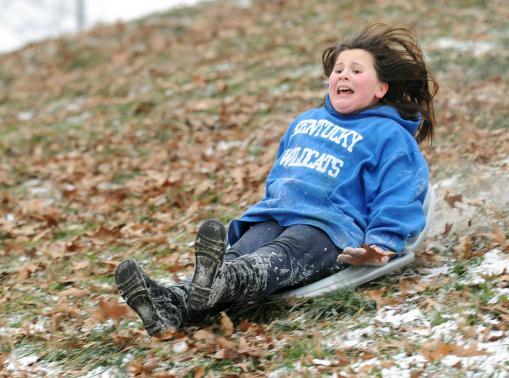

No comments:
Post a Comment